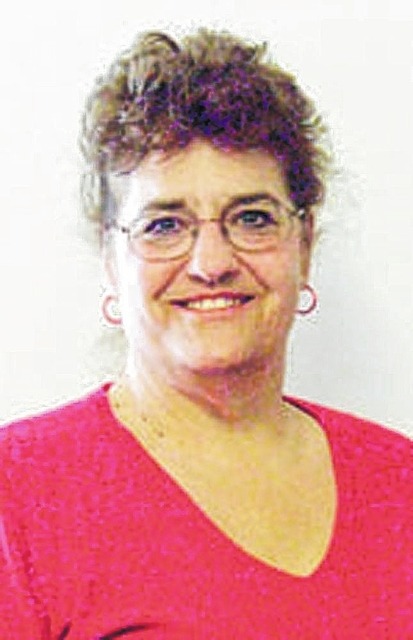
I got a couple phone calls from those who received their Fertilizer Applicator Certification renewal notice from ODA … and still need the training. Mark Badertscher in Hardin County has a one-hour Fertilizer Applicator Recertification Training set up for Thursday, May 30, at his office in Kenton, beginning at 7 p.m. The cost is $10 for the one-hour training. You can register online at pested.osu.edu under “Private Recertification” or call Mark at 419-674-2297 for more information.
The Shelby County Master Gardeners will be holding their next topic in the 2019 Spring Gardening Series – “Made in the Shade” (How to brighten up those shady spots in your garden with color and low maintenance) – on Tuesday, May 21, at the Amos Memorial Public Library in Sidney. The program begins at 6:30 p.m. and will be done by 8 p.m.
Soybean cyst nematode (SCN) was first identified in Ohio in 1981 and has now been found on soybean in 72 of Ohio’s 88 counties. SCN damages soybeans by feeding on roots, robbing the plants of nutrients, and providing wound sites for root rotting fungi to enter. The severity of symptoms and yield losses are dependent on several factors including the number of nematodes present in the field at planting, the soybean variety, tillage practices, soil texture, fertility, and environmental conditions during the growing season. Once SCN is established in a field, it is rarely eradicated.
In the early life stages, SCN is a microscopic roundworm that feeds on soybean roots. There are three major life stages of cyst nematodes: egg, juvenile, and adult. In Ohio, the life cycle can be completed in 24 to 30 days under favorable conditions. It is possible to have three to five generations each growing season.
The juveniles hatch from eggs and search for soybean roots. After penetrating the root, the nematode feeds on cells in the vascular tissue. It secretes digestive enzymes that stimulate the development of enlarged cells that the nematode uses as its feeding site.
The cyst stage is the body of the dead female nematode filled with eggs. A cyst may contain as many as 250 eggs. Before the female dies, she deposits some of the eggs outside of her body, which begin to hatch in a few days and may continue to hatch for the next several months; these die over winter. However, many eggs remain protected in the cyst and may hatch years later.
The SCN coalition, originally established in the early 1990s, is a partnership between university, checkoff, and private scientists. This coalition was tasked with spreading the word about reliable management strategies of soybean cyst nematode to soybean farmers across North America. SCN is now recognized as the number one cause of yield losses in soybean. However, according to a poll in 2015, 69% of farmers surveyed still did not think SCN was a problem in their fields. This enforced the need for a second evaluation of SCN awareness and management.
The second SCN coalition formed in late 2016 when a similar group of scientists met and agreed that current management strategies are not providing adequate SCN control due to increasing resistance of SCN to PI 88788. This trait is in 95 percent of varieties of soybean that are supposed to be protected from SCN. We need to know how wide-spread this resistance is! This is why the second SCN coalition is sending out a call for soil samples across Ohio and other states.
In order to implement the best management strategy in individual fields, it is important to know your numbers. We have SCN soil sampling bags in our office that you are welcome to come get!! There is no charge for this service; your only cost will be getting them to the lab.
Actually, I encourage you to do some sampling this year to see what’s out there! If you’ve not done this before, here’s an opportunity to get out and “walk those fields” while it’s still too wet to get that big equipment in! For more information on the SCN Coalition, visit the website at www.thescncoalition.com/.


